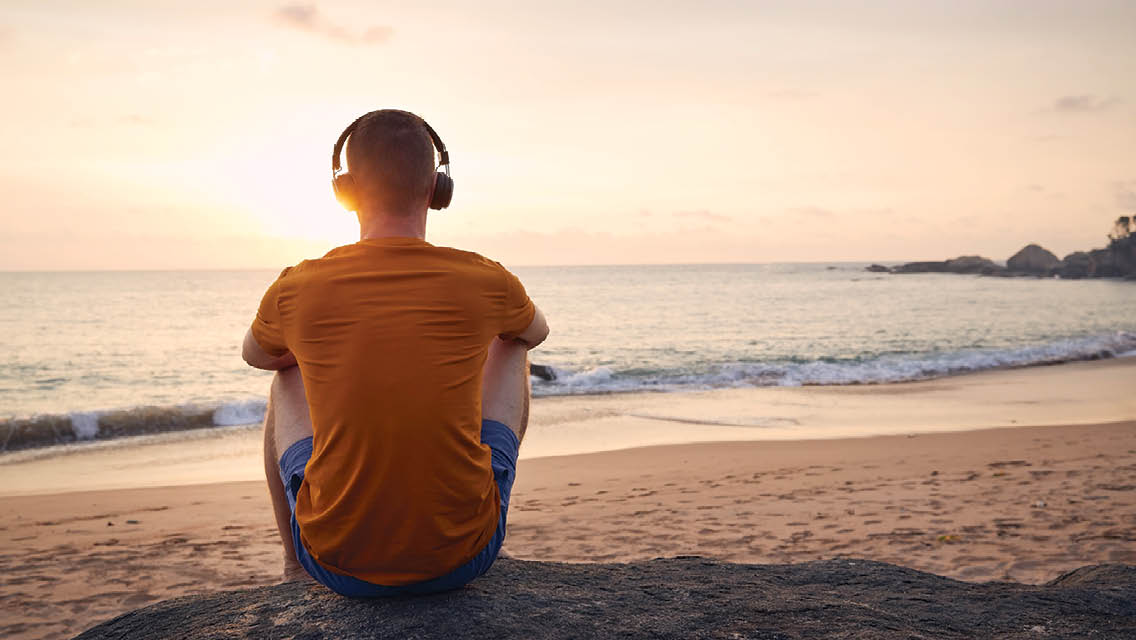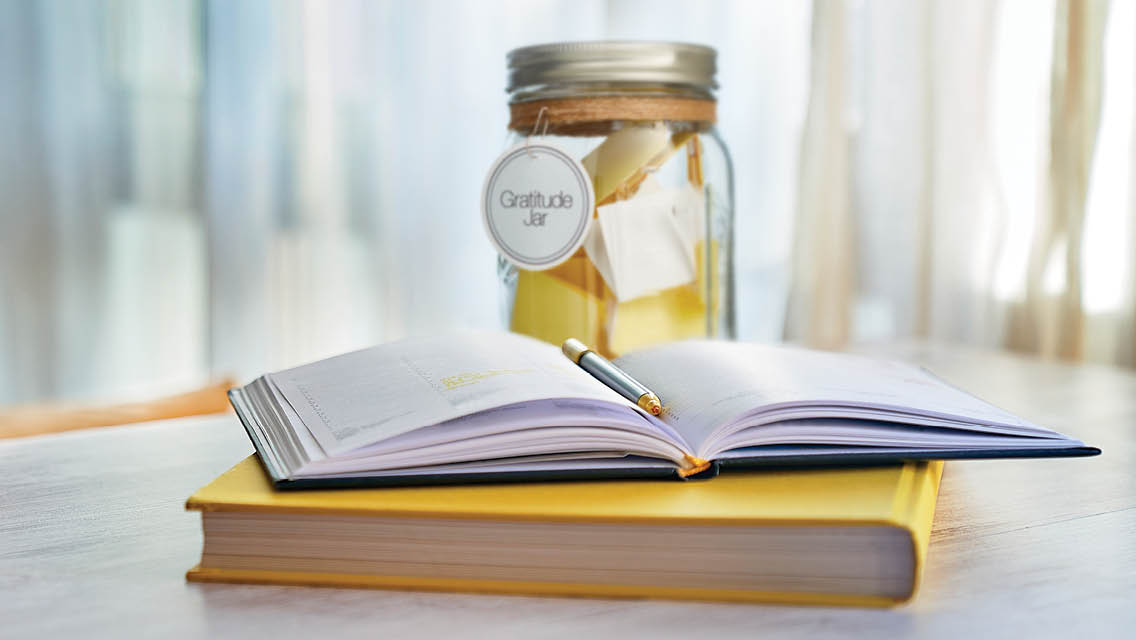We’re approaching the two-year mark of COVID-19 being officially declared a pandemic, and this global health crisis has had an immense impact on not just our physical health, but also mental health. As someone who’s profession is dedicated to supporting clients’ mental well-being, I want to acknowledge this reality by extending a tool for support to anyone who could use it.
We have all experienced unprecedented change over the past two years — and we know that surprise change can feel disorienting and uncomfortable. We might feel stuck in what’s called a “current reality trap,” or status quo. We might feel overwhelmed with stress, or even fall into the fatigue of comparison.
Yet, amidst the difficulties, we can root ourselves in gratitude and look to the future with vision. Here, we can then access what is known as “flow” — when things move forward in a connected, purposeful way for both ourselves and our communities.
Here’s some insight into how gratitude and vision can be used beneficially for this purpose:
- Data supports that receiving gratitude and noticing when others receive it can act as an anti-inflammatory and even an anti-depressant, similar to the effects of exercise. I suggest gifting gratitude to those around you, such as saying to someone, “I appreciate the way you make me feel like the most important person in the room.” Be on the lookout for when others receive appreciation, too.
- When we depend entirely on the path forward (vision) versus balancing with gratitude in our present moment, we can get caught in the stress of comparison and overwhelm. Take moments to pause and ask yourself, “What’s good here?” or even, “Who can I help right now?”
- Visualizing the process, not just the end goal, enlists the support of our dopamine reward system. Practice visualizing for one to two minutes a day around separate areas of your life. Enlist the help of self-talk, such as “I am made for this,” or “My nerves show me I’m curious.”
To help encourage access to this state of flow, here is a three-minute visualization technique you can use daily for any area of your life where you feel like you are in process.




